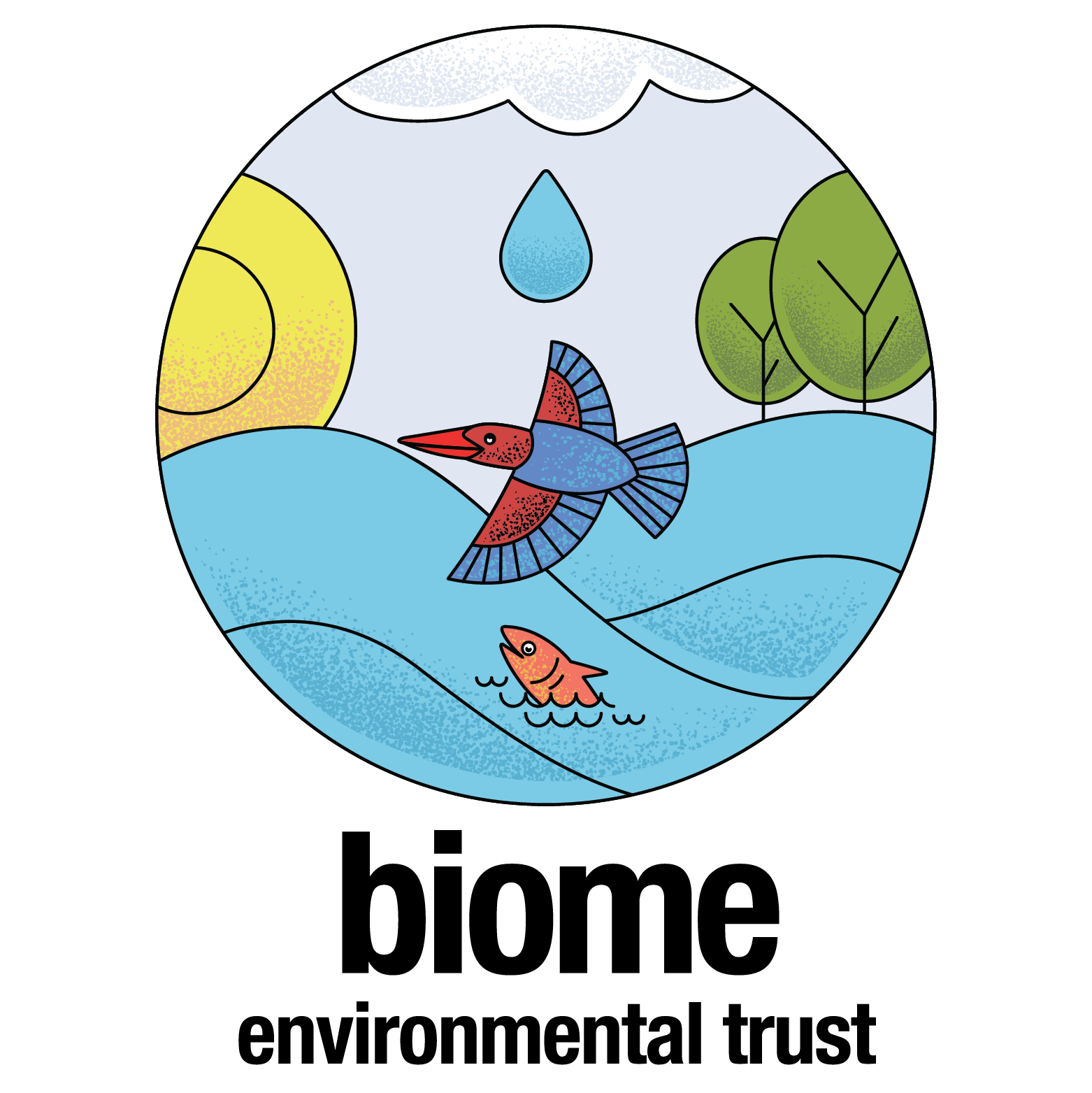Ittina Anai is located in Kempapura, Yemalur, Bellandur. It was constructed in 2006. The apartment spreads in an area of 1 acre and 13 guntas; it has four blocks with 72 flats and about 168 residents. Ittina Anai does not have a BWSSB Cauvery water connection. The apartment is not planning to get the Cauvery water connection as they perceive the advance deposit is higher and the quantity of water supply is not adequate.
The “2500 Recharge Wells for Bellandur” campaign also focused on
reusing the treated wastewater to reduce the stress on freshwater demand.
Ittina Anai apartment stands as the best instance for refurbishing the Sewage
Treatment Plant and using the Treated Wastewater (TWW) for all purposes
including drinking. They also harvest every drop of rainwater falling in their
rooftops and the pavements in sumps and recharge wells.
Use of treated wastewater
for potable purposes
Ittina Anai apartment had a Sewage Treatment Plant which was set
up by the builder which followed the technology of the Activated Sludge
Process. The capacity of the STP was 40 KLD. The builder had also provided a
dual plumbing system where treated wastewater was reused for flushing and gardening.
Eventually, the in-flow into the STP exceeded its built capacity and treatment
efficiency was reduced. This caused the issues of turbidity, odor, color etc.
The residents moved away from using TWW for flushing. The excess treated
wastewater was led into stormwater drains.
The RWA became part of the “2500 RWs for Bellandur” campaign and
put efforts in the direction of water conservation. The RWA came forward to
refurbish the STP. The STP was upgraded to an SBR (Sequential Batch Reactor)
and increased its capacity to 90 KLD. The TWW is Cleaner, odor-free and crystal
clear and the STP is operated to its fullest capacity. The TWW was again reused
for flushing, floor cleaning and gardening etc. Mr Aditya Rao from the RWA took
a lead in resuing the TWW for potable purposes through Tertiary treatment with
RO. The TWW is passed through the Water Treatment Plant and is currently
being used for potable purposes. Initially, the residents were not convinced
with the idea and gradually accepted it after they witnessed the clear water
quality. Currently, there is no excess TWW generated in the apartment, it has
achieved Zero Liquid Discharge (ZLD).
Rainwater harvesting
The apartment did not face any water scarcity. The RWA came
forward to dig the RWs for future water sustenance. The rainwater from all 4
blocks and the paved area is being directed to storage sumps and six recharge
wells placed strategically throughout the apartment. The 4 recharge wells are 4
ft wide and 34 ft deep and the remaining 2 recharge wells are 5 ft wide and 25
ft deep. The apartment is dependent on 2 borewells; one is the major
borewell(one was decommissioned) which was yielding 1.5 inches of water. After
digging the recharge wells the yield has gone up to 3.5 to 4 inches.
“We have achieved ZLD
|
